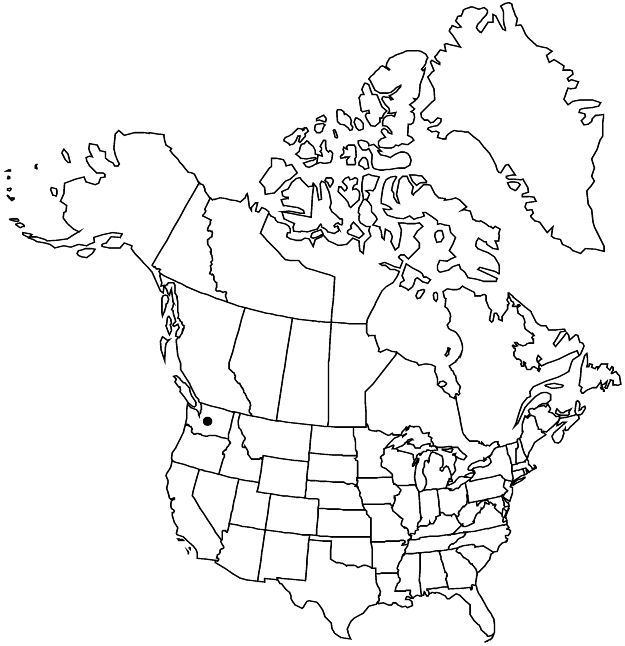Petrophytum hendersonii
in N. L. Britton et al., N. Amer. Fl. 22: 253. 1908.
Shrubs, 2–9 dm diam. Stems decumbent to ascending, 1–10 cm, internodes 0.5–1.5 cm. Leaves: blade narrowly obtrullate, sometimes oblanceolate to spatulate-obovate, 1–2 (–3) × 0.2–0.6 cm, palmately 3-veined, venation visible through hairs, apex acute, abaxial surface sparsely strigose, pilose to pilose-sericeous, sometimes glabrate, sparsely strigose along veins. Panicles densely racemose, 2–5 × 1–2 cm, sparsely sericeous; bracts linear, 2–4 (–6) mm, pilose. Pedicels 2–5 mm; bracteoles 1, rarely extending to base of sepals. Flowers 3–5 mm diam.; hypanthium 0.5–1 mm, sparsely pilose; sepals reflexed, oblong to obtuse, 1–1.5 mm, margins ciliate, abaxial surface sparsely pilose; petals oval, oblong, or obovate, 2–2.5 mm, apex obtuse, sometimes 2-lobate; stamens 25–40, lengths 1–1.3 times petals (2 times sepals); carpels (4–) 5 (–6), abaxially connate. Follicles 1.5–2 mm. 2n = 18.
Phenology: Flowering Jul–Sep.
Habitat: Rock outcrops, cliffs, talus slopes
Elevation: 1000–2300 m
Discussion
Petrophytum hendersonii is known only from the Olympic Mountains of northwestern Washington.
Selected References
None.
Lower Taxa
"dm" is not declared as a valid unit of measurement for this property.
